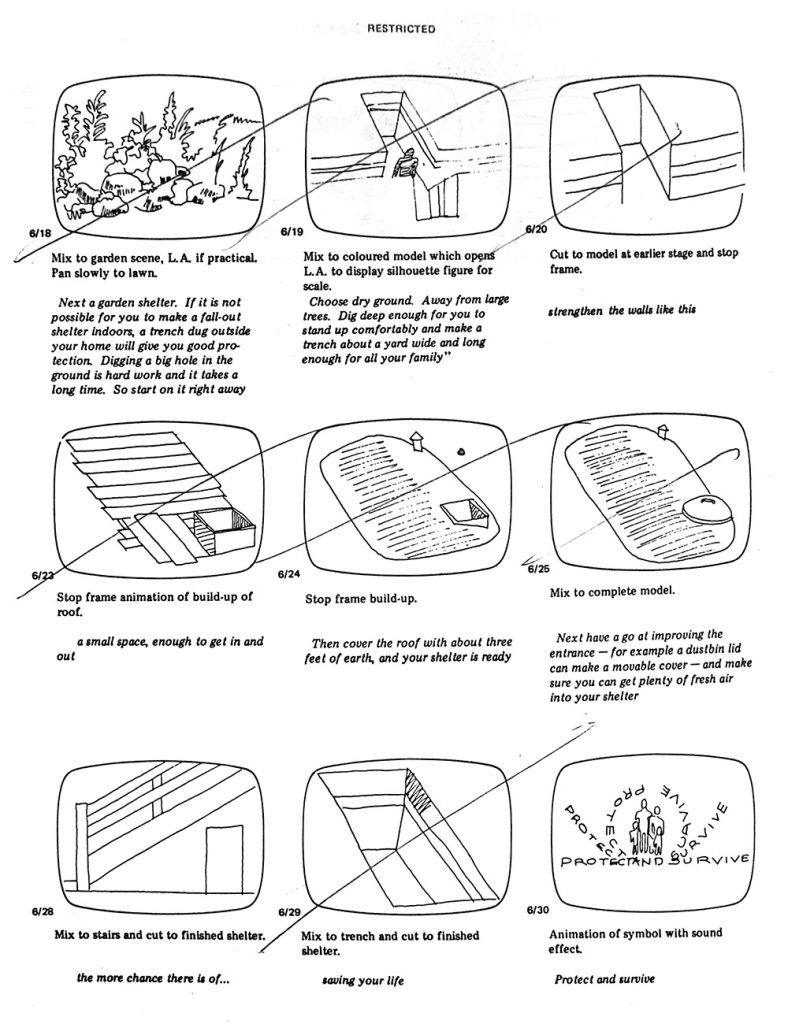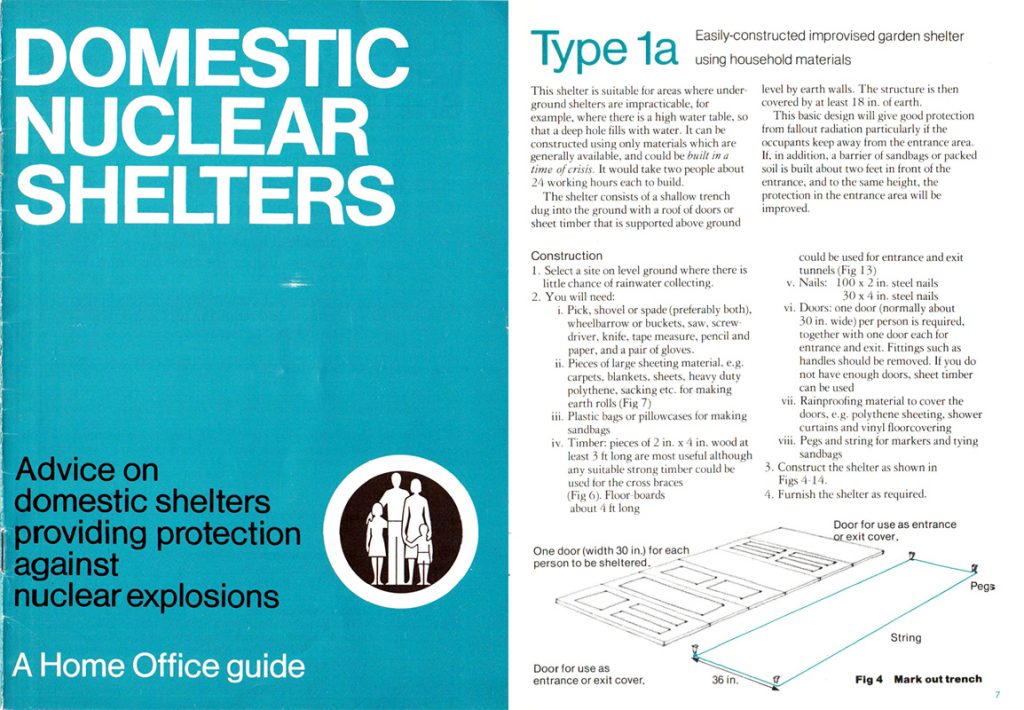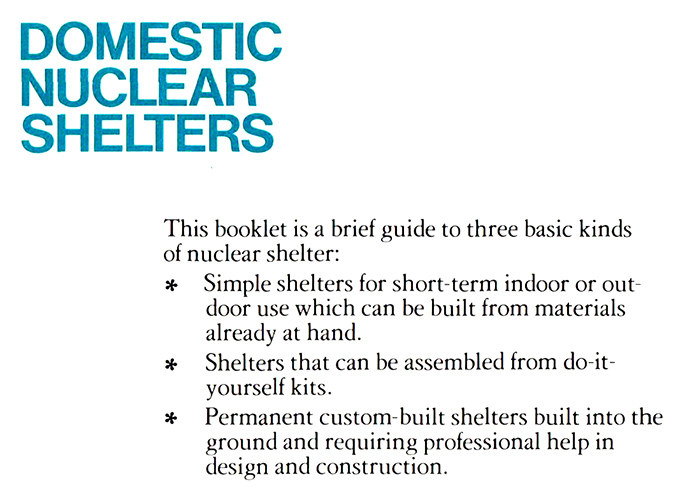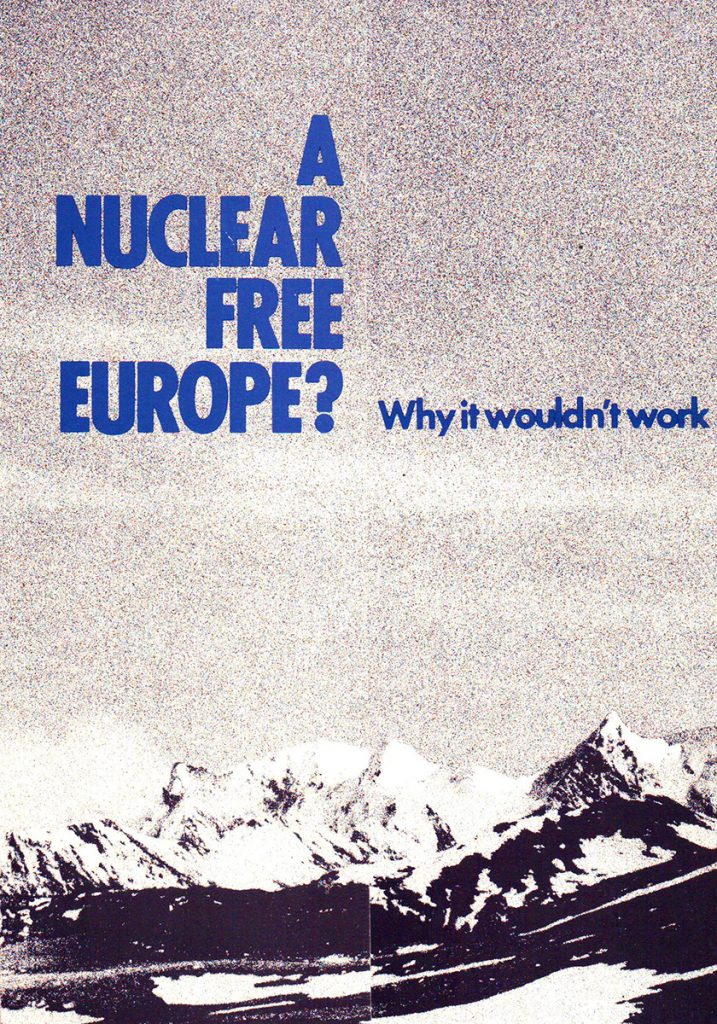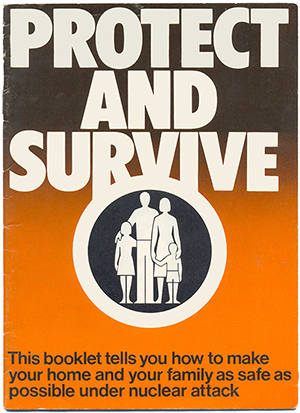
We often consider the physical impacts of nuclear attack – widespread destruction, dangerous fallout, nuclear winter – but what about the psychological impact? In my latest article for the Wellcome Collection, I look into how the bomb would affect people’s minds.
You might predict – correctly – that, for the majority of people, it would be a very negative experience. However, there was one group who 1980s Home Office researchers suggested might actually excel in the post-attack society. To find out who, read the article now over on the Wellcome Collection site.

